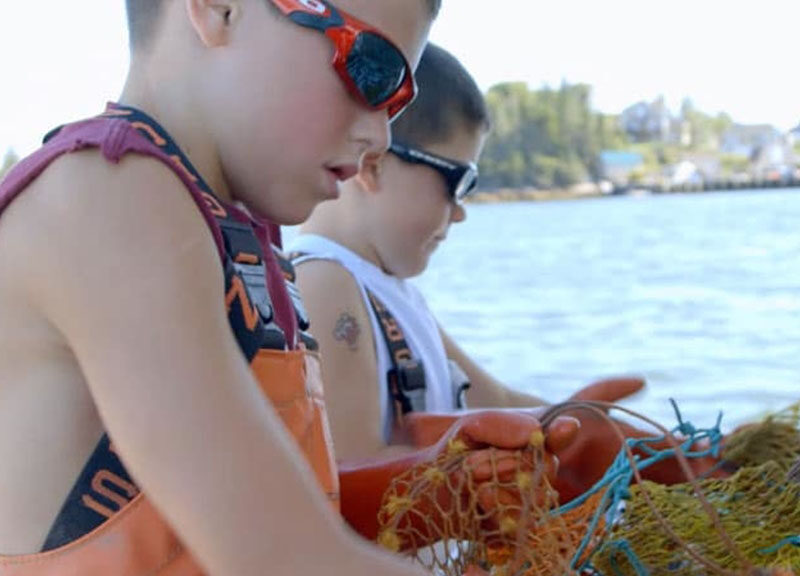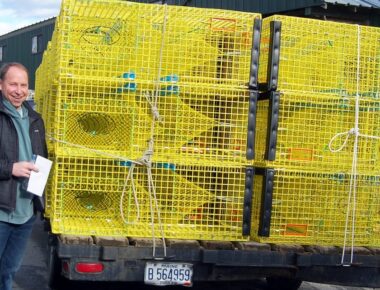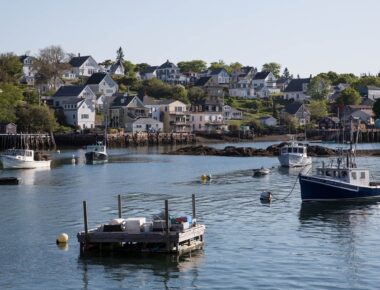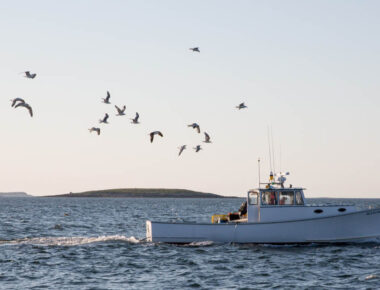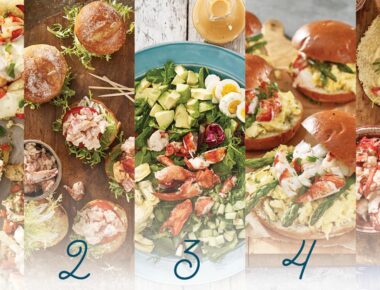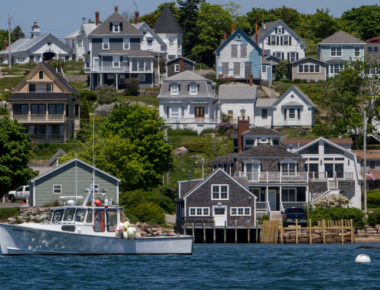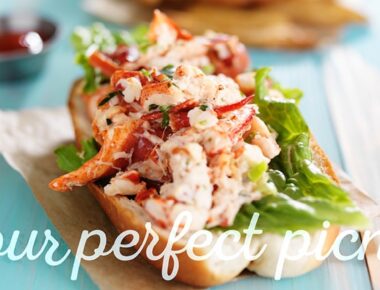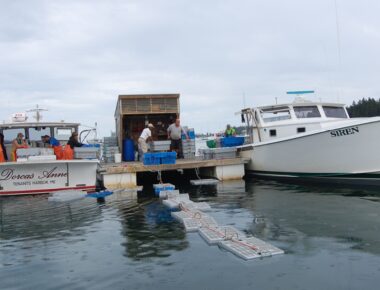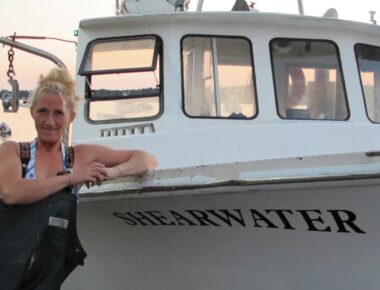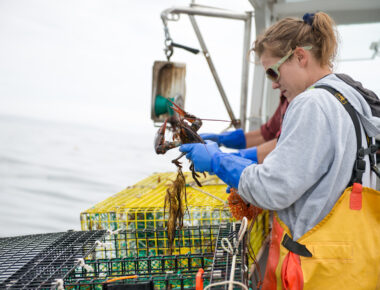Maine Lobstermen have a long history of sustainability measures that help protect the health of the fishery. From throwing back undersized lobsters to identifying and returning egg-bearing female lobsters, lobstermen take great pride in caring for the resource that provides them their livelihoods. To learn more about why sustainability matters to the industry, we spoke to Sonny Beal, a lobsterman from Beals Island.
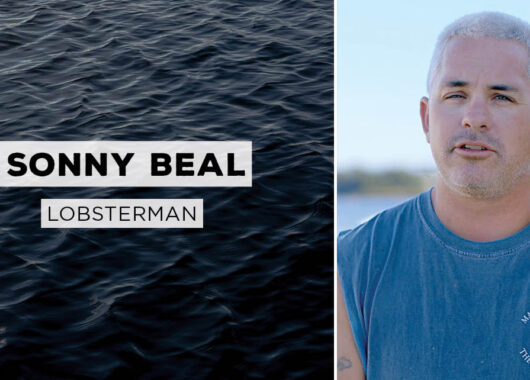
What are some of the sustainability measures Maine lobstermen employ?
SB: It started back more than 100 years ago when guys started measuring their lobsters and only keeping the mature lobsters, leaving the juveniles to get bigger. Then, later on, it expanded to “notching” egg-bearing females, so when they’re caught later, lobstermen will be able to identify them as breeders even if they’re not carrying eggs at the time.
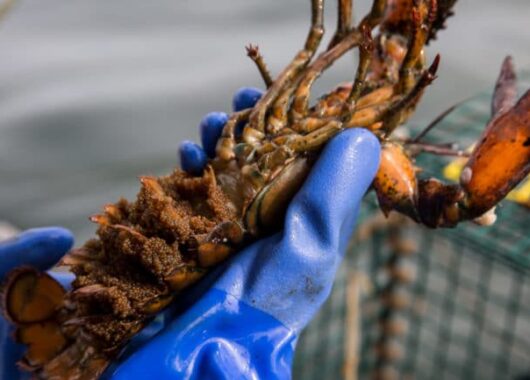
How do you measure the lobsters? Why is it important to only keep lobsters of a certain length?
SB: We measure them from the eye socket to the back of the carapace. We’re looking for lobsters that measure 3 1/4 to 5 inches. We throw the younger ones back because they’re the future of the industry. The oversized lobsters, that tend to be 15-20 years old, well they’re the future of the industry too. The big females produce millions of eggs over their lifespan, and they only mate with lobsters of equal size.
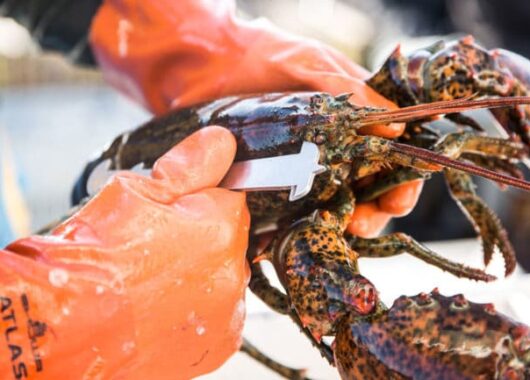
Why is sustainability so important to the industry?
SB: It’s heritage, it’s so important to our industry. There’s not a lot of fisheries that have this kind of sustainability.
It’s also about having a fishery for us to be able to carry on. I want to leave a fishery for my children and my children’s children. I believe that if you take care of a product the product will take care of you.
The benefits of taking care of our stock are really showing. The population of lobsters has exploded, we’re experiencing record catches.
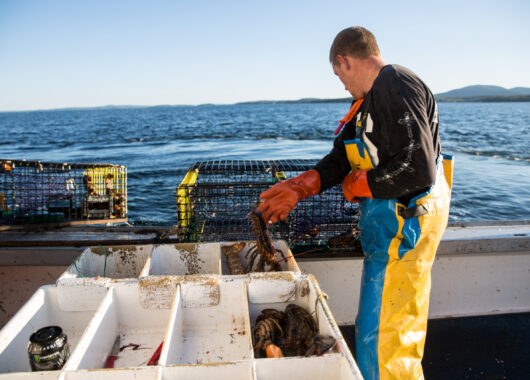
When you talk to people outside the industry about these measures, are they surprised at how much work goes into sustainability?
SB: Oh yeah, most people are surprised. Especially when we talk about the traps. They’re actually very inefficient for catching lobster. The vents are designed to release the juveniles, but a legal lobster can fit out of the back as well. We’re basically farmers of the seas – we’re feeding them to maintain the population.
How do sustainability traditions get passed down?
SB: The knowledge is handed down from older to younger fishermen. The older fishermen share it with you, it’s just one of the things you learn about lobstering, like checking the tides and where to set your traps.
Some of it is through family. This was the way my father taught me, and I’ve got two sons who launched with me soon as they were able to put boots on.
We also have an apprentice program, anyone above student age has to go through it. You have to apprentice under another lobsterman for several years, and really learn how to fish before you get your license.
The best part of our sustainability measures is that fishermen started policing themselves. They were the ones that came up with the rules and petitioned the government. It protects people and businesses. 80 to 90 percent of people’s income in my area Downeast comes from the lobster industry. So by protecting the lobsters, you’re not just sustaining the fishery but the community.


